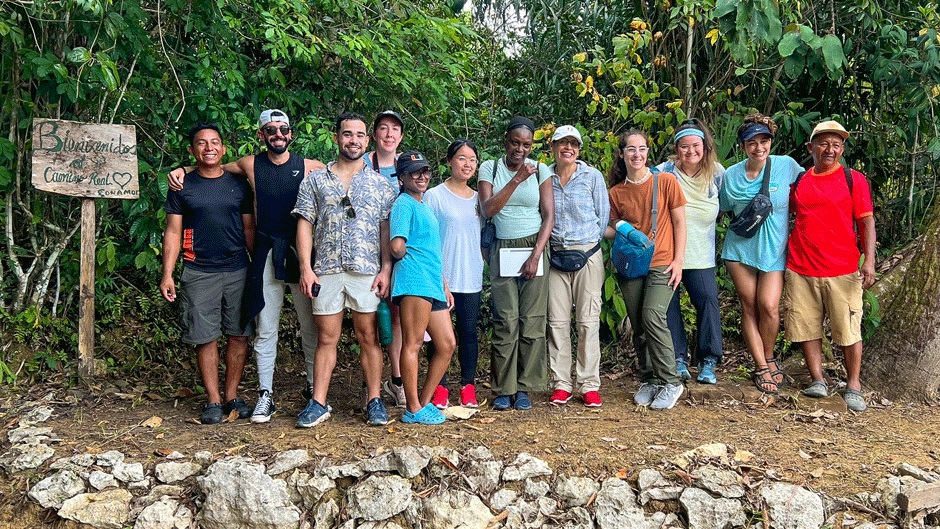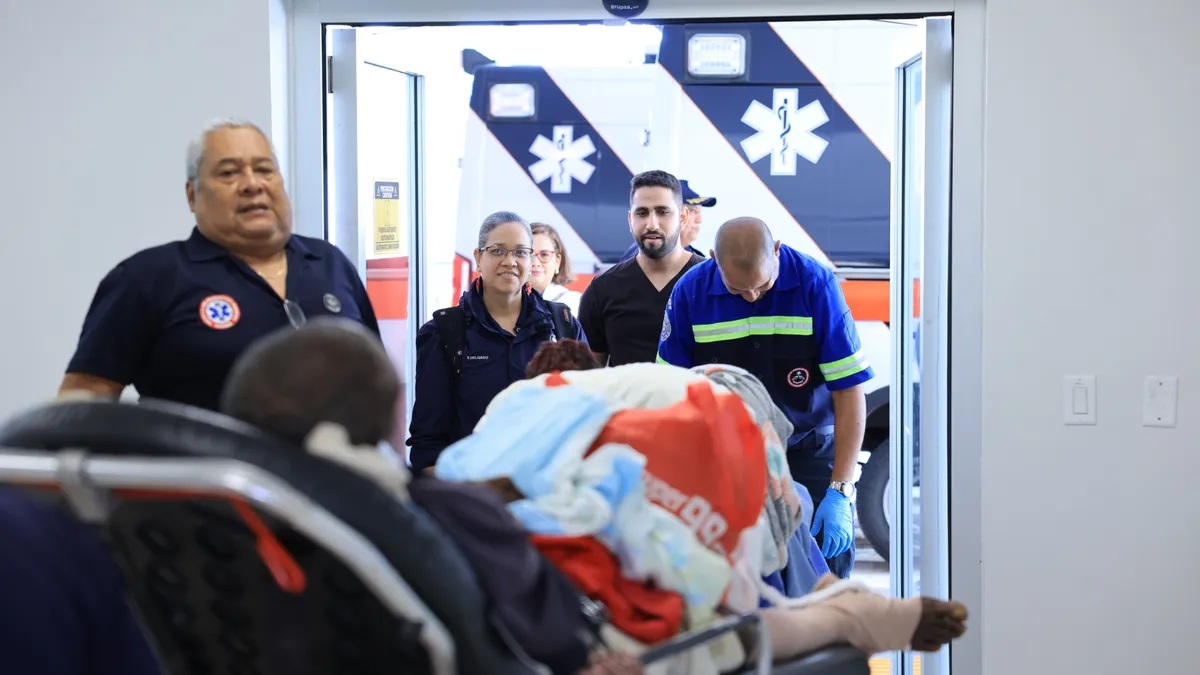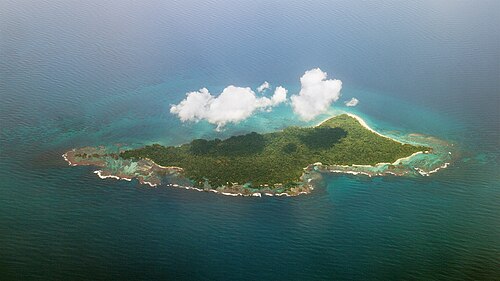Panama Student Trip

A Panama trip offers new perspectives to graduate students in a field course where they got the chance to visit Panama during spring break and speak firsthand with residents about the future. The graduate students gathered at the start of the Camino Real, a trail that stretches from the Pacific to the Atlantic coasts and was once used by Spanish traders to transport gold and silver from Peru. Until recently, Carmen Chavez had spent just a few days in Panama, but never got the chance to truly understand its history and culture. Yet during spring break, Chavez, a doctoral student studying environmental science and policy, along with 12 other graduate students studying law or the environmental sciences spent the week in the central American nation learning about its history as a shipping thoroughfare, and its progress in coastal management and ecotourism.
“Panamá is a beautiful place with phenomenal, generous people,” said Chavez, a native Peruvian who is earning her Ph.D. in the University’s Abess Center for Ecosystem Science and Policy. “It’s a country of geographic, biological, and cultural diversity, and it has been so central for global commerce that its people have been stirred constantly with so many different cultures passing through.” Guided and organized by Daniel Suman, professor of environmental science and policy at the Rosenstiel School of Marine, Atmospheric, and Earth Science, and a native Panamanian, the students spent the week learning about the conflict between the nation’s environmental protection policies, as well as the isthmus’ desire to grow economically. Speaking to Panama residents about these different obstacles was Chavez’s favorite part of the trip.
As part of the class, called “Tourism, Conservation, and Development: Fieldwork in Coastal Management,” students visited the Panama Canal locks and spoke with the canal’s director of watershed management, said Suman, who also serves as adjunct professor in the School of Law. They learned about the challenge to provide enough drinking water for Panamanians from Lake Alajuela, which feeds water into the Panama Canal, while also keeping up with the ship traffic through this major trade route. The class also spoke with environmental groups about the deforestation of its mangroves as part of the explosive growth of Panama City.





